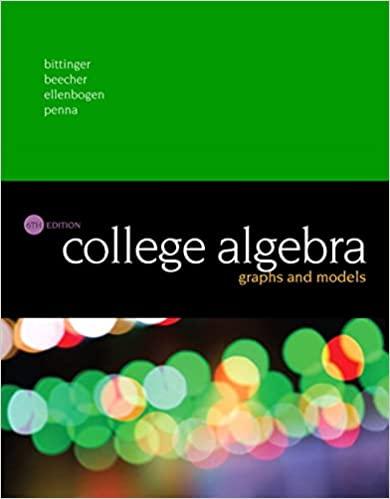Question
14. Autoclaving will usually destroy/inactivate all fungi, bacteria, viruses, and most bacterial spores but will not necessarily eliminate a. neurotoxins. b. prions. c. protozoan cysts.
14. Autoclaving will usually destroy/inactivate all fungi, bacteria, viruses, and most bacterial spores but will not necessarily eliminate
a. neurotoxins.
b. prions.
c. protozoan cysts.
d. mycoplasmas.
15. The effects of different kinds of radiation depend on the following factors:
a. Time of exposure, wavelength
b. Intensity, frequency, thickness of sample
c. Distance, frequency, nature of sample
d. Chemical composition, intensity, shielding
1. An inanimate object or substance capable of transporting pathogens from one medium or individual to another is referred to as a
a. vector.
b. fomite.
c. transporter.
d. transposon.
2. Which of the following is a biological test organism for validating dry or moist heat sterilization?
a. Bacillus subtilis var. niger
b. Escherichia coli
c. Staphylococcus aureus
d. Staphylococcus epidermidis
Step by Step Solution
There are 3 Steps involved in it
Step: 1
14 b prions Autoclaving can kill most microorganisms but pr...
Get Instant Access to Expert-Tailored Solutions
See step-by-step solutions with expert insights and AI powered tools for academic success
Step: 2

Step: 3

Ace Your Homework with AI
Get the answers you need in no time with our AI-driven, step-by-step assistance
Get Started


